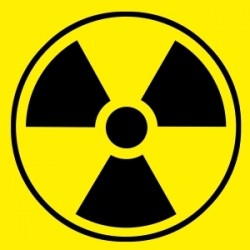Cyprotex and InSphero launch predictive tox testing service using 3D micro-liver

The new screening service will apply preclinical contract research organisation (CRO) Cyprotex’s toxicology and pharmacokinetics offering to InSphero’s InSight liver model.
The firms say the model is special because the cells are viable for a longer period than other similar models – up to four weeks – which means multiple dose studies can be carried out.
Traditional methods use cells in a single layer culture – known as 2D – fail 50 per cent of the time, a spokesperson said. The firms said however that recent advancements in 3D culture mimic native tissues more accurately.
Jan Lichtenberg, CEO of InSphero, told Outsourcing-Pharma.com: “Late-stage attrition is one of the major drivers of development cost in the pharmaceutical area. Due to the limitations of current 2D liver-cell-based assays the primary focus in the industry is on acute toxicology. Our 3D models create a much bigger picture including long-term and idiosyncratic effects at reasonable cost and turn-around times.”
He added that though the technology is a big advancement, partnerships with CROs such as Cyprotex are needed to take “full advantage” of the system.
“With the widespread success of our three-dimensional, organotypic liver microtissues, we have noted an increasing demand for outsourced fee-for-service projects in the toxicology area, from early stage to late stage,” he told us.
“To provide an optimum service to our customers, we decided to work with an experienced service partner in the ADME (absorption, distribution, metabolism, and excretion) tox.”
Name of the game
Anthony Baxter, Cyprotex’s CEO said the move was necessary to keep abreast of the coming 3D revolution in the predictive toxicology industry.
“The interest in 3D cell models is expanding rapidly, and these models are likely to impact greatly in the development of new therapies, especially in the area of oncology, and in our ability to predict drug-related toxicity in man,” he said.
Lichtenberg also told us the partnership will aim for Big Pharma firms, as well as discovery small to medium enterprises (SMEs), adding “in fact, seven of the top 10 pharmaceutical companies are InSphero customers.”
When asked if there is a big enough market portion left in what some would term as a shrinking preclinical industry, Lichtenberg replied: “In-vitro toxicology is one of the main areas to make drug development faster, safer and more efficient – and I think that most players in the market would agree with this statement.
“Those companies who have reduced spending on early-stage toxicology have mainly done so as a result of insufficient relevance of their in-vitro data for the clinical phase.”













